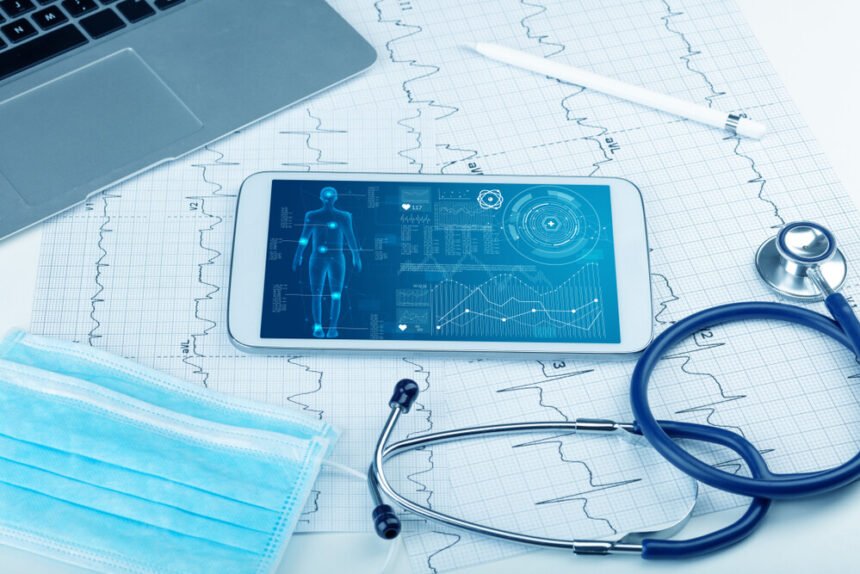Big data is being used more frequently in healthcare facilities all over the world. One report shows that the global market for big data in healthcare is expected to reach $68.75 billion in 2025.
However, this figure misses some important nuances, such as which areas of medicine are using big data the most. Some medical procedures have relied on it more than others, while others are just exploring its potential. Healthcare providers are starting to evaluate the benefits of big data in treating traumatic brain injuries.
The prevalence of traumatic brain injuries is rising sharply in the United States. The CDC reports that the incidents of admissions for these types of injuries rose around 54% between 2006 and 2014. Hospitals are looking for new ways to fight this epidemic.
Big data software is starting to reach neurosurgery departments in an effort to prevent brain injury complications during surgery and to better understand brain injuries. IBM worked alongside Excel Medical Electronics to bring the software to researchers and doctors.
The software uses predictive analysis to be able to predict the patient?s risk of brain pressure rising before it even occurs.
Bed side equipment will collect data in real-time and start to be analyzed, offering thousands of data points for a patient. The platform will then create what?s called a ?predictive alarm.? The alarm will notify doctors when intracranial pressure starts to increase.
But IBM isn?t the only one working with big data to better understand head injuries and use data to help with head injuries and how they?re treated.
American College of Radiology Head Injury Institute
The American College of Radiology (ACR) launched what is known as the Head Injury Institute (HII) in 2013. HII works with caregivers and researchers of TBI patients to combine practice information and science.
The goal is to use the data to increase patient care through standardization, knowledge sharing and research.
HII predicts that the future of TBI imaging will be able to offer computer-aided diagnosis which may be able to look at a large dataset of images to compare diagnosis with. The images can then be used to help diagnose a patient?s head injury faster and offer a more robust form of care.
Doctors can also use this aided diagnosis as another form of verifying their findings across a large data set.
Big data may also be able to help researchers better understand TBIs. Data collected at a large scale can also be analyzed to determine the likelihood of recovery or to better understand how a head injury impacts a patient.
The data can determine that 7 out of 10 patients with anterograde amnesia are able to retain new information, but that the new information may conflict with past memories.
In the future, these systems may be able to analyze large treatment datasets to predict the best treatment for someone with anterograde amnesia due to a head injury. Combinations of treatment may also be recommended in an effort to help provide better treatment options based on similar images and injuries.
No two head injuries are alike, but big data may be able to help bridge the gap between what doctors understand about brain injuries, and why some patients respond better than others when an injury occurs.
Big data is already being used in motor vehicle accidents and in transportation divisions within cities that are trying to make roads safer for drivers and bikers. These datasets are able to predict and outline the most dangerous roads that authorities can then monitor with a higher police presence or change through updates and additional safety measures.
The data can also be used to help determine a person?s risk of TBI while playing sports and to properly diagnose head injuries that often go undiagnosed in high school, college and professional sports.
Big Data is Offering Fascinating Solutions to Traumatic Brain Injury Treatments
Big data is helping healthcare providers in many ways. They are finally beginning to recognize that big data can be useful in treating traumatic brain injuries.

